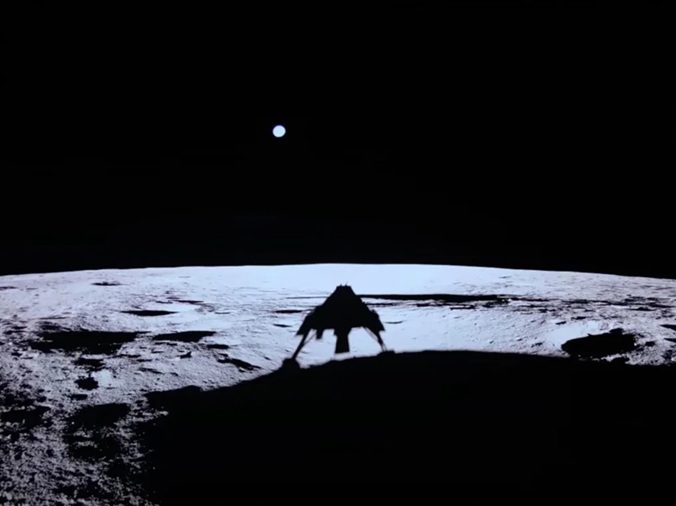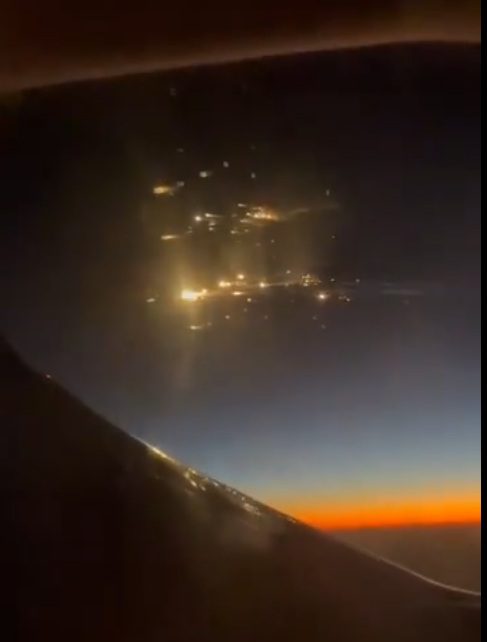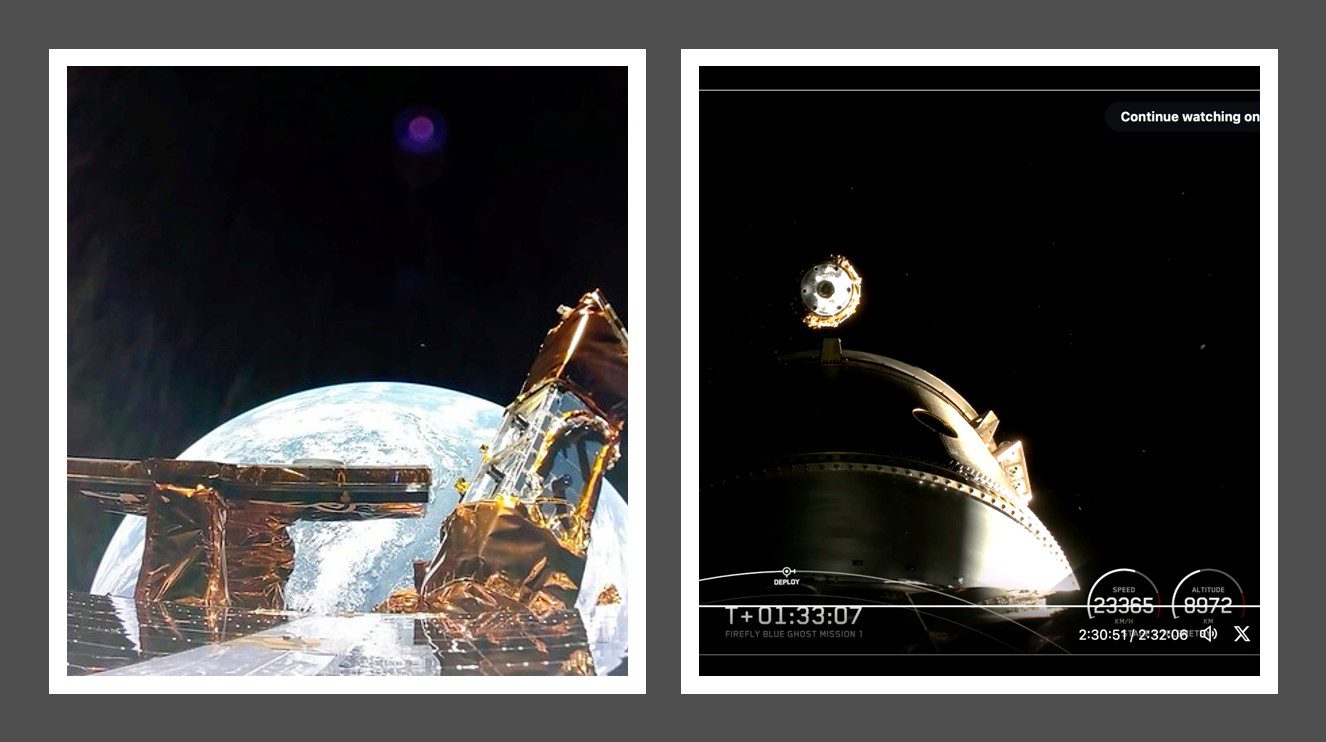wrote Frank Morring with his 15 June scoop. Of that sentence there are 12 words that represent the biggest obstacle to using the Atlas V and I can’t remember it ever being discussed by the blogosphere, the difficulty in obtaining human rating data on its Russian RD-180 engines
The Russians will have their own technology export rules and it is not beyond plausiblity that the information that is needed to human rate the Energomash RD-180 is restricted by them
Oh but the Russians might use the RD-180 for the new launcher for the Advanced Crew Vehicle, I hear the blogosphere cry. Fine, and they have access to the data to human rate that engine but Pratt & Whitney Rocketdyne won’t be getting it anytime soon
Or to flip this argument on its head, if you think members of Congress don’t like paying Russia for crew transport to the International Space Station now how do you think they will like having the the US ISS ferry and subsequent return to the Moon programme’s crew transportation system dependent entirely on Russian engines?
he sad reality is that this whole RD-180 situation has been dragging on for years…
But you don’t have to go back years to find out about some of the self inflicted problems the US has with foreign space technology. In May of this year Interfax’s Russia & CIS Business & Financail Daily reported that
Energomash plans to begin manufacturing more RD-180 engines that will be used for US Atlas rockets…There are no plans to start manufacturing RD-180 engines in the United States under license due to the ongoing financial crisis…
I guess the US banking system inspired global financial crisis is as good excuse as any, I had heard that the licence and factory costs for RD-180 CONUS production would be about $700 million. But there might be a far simpler, or not depending on your point of view, reason for this lack of US production
Read the following from a transcript of the Wednesday 25 February 2009 hearing by the House of Representatives committee on science and technology on the subject of impacts of US export control policies on, surprise surprise, science and technology (emphasis added):
Today on the Atlas 5 we use a Russian engine called the RD-180. The people who were doing that program selected it because they concluded it was one of the world’s best engines…But if we have a launch problem, we cannot sit down — this is a — Russian developed, Russian produced today, and we cannot sit down with them and have a discussion as to what the problem is without having a new license to establish it.
Sounds like the trouble is double. The US companies can’t talk to the Russians about issues with a non-human rated version of the RD-180 without the horrendous legal implications of the US International Traffic of Arms Regulations and no doubt Russian export control adds a layer of fun to what they can or are prepared to tell the US about their engine
So it is perhaps no surprise that the hope of manufacturing the RD-180 in the US is a long way away. Going back a few years to 2005 the original goals for US licenced production can be found. According to a 31 March 2005 Government Accountability Office report called Assessments of selected major weapon programs (emphasis added):
According to DOD, initiatives are in place to reduce EELV risk and ensure access to space. The initiatives are aimed at critical rocket components, improving the producibility of the upper stage engine, systems engineering processes, and the availability of critical staff and facilities. Related to these initiatives, there are three technical issues that the Air Force is addressing. Parts of the RL-10 upper stage engine are common to both the Delta IV and the Atlas V and an engine flaw could potentially ground both vehicles. However, the Air Force maintains that the RL-10 has flown successfully since the 1960s. Also, the Atlas V continues to rely on the Russian-made RD-180 propulsion technology (though the contractor plans to start building this technology in the United States with a first military launch by 2012). Additionally, until the West Coast launch pad becomes operational in 2005 in time for the first US government need in 2006, the Air Force is limited to launching the Atlas V from its East Coast launch pad.
Isn’t 2012 the end of the world according to the Mayan calendar? Anyway according to the March 2008 version of this report (I can’t find a 2009 edition) the situation has not progressed:
the Air Force also received approval to maintain a sufficient inventory of RD-180 engines in lieu of implementing a domestic RD-180 co-production capability.
And my memory of this year’s National Space Symposium might be a bit hazy but I do seem to remember a senior US Air Force officer saying something about Putin stopping engine export. Russia is oil rich now, they don’t need the dollars anymore






